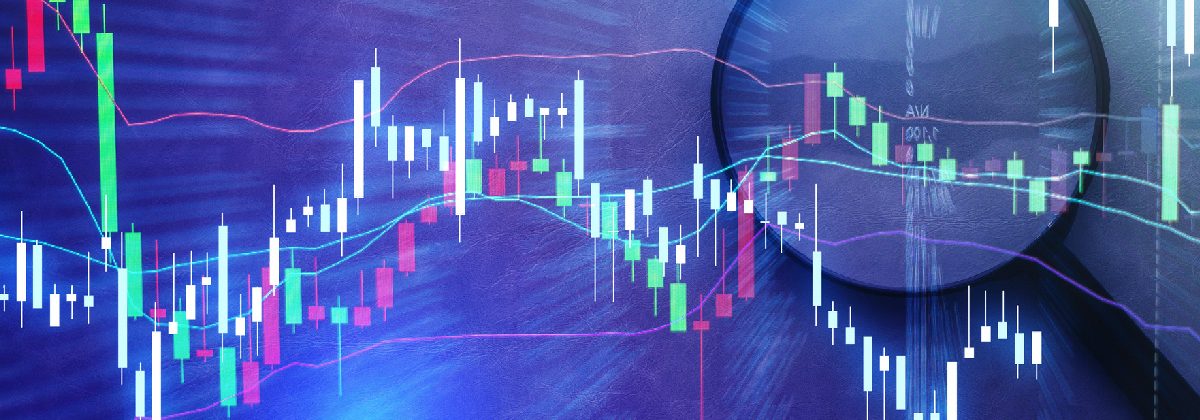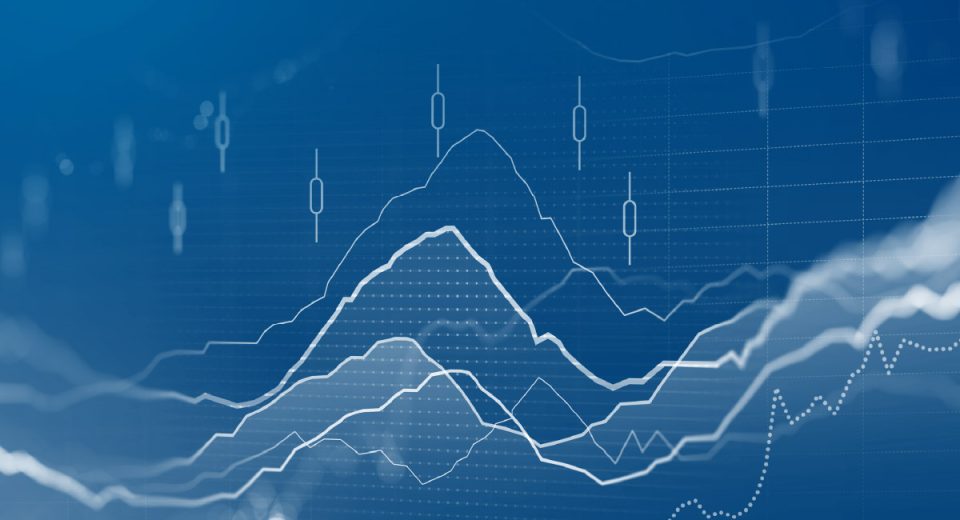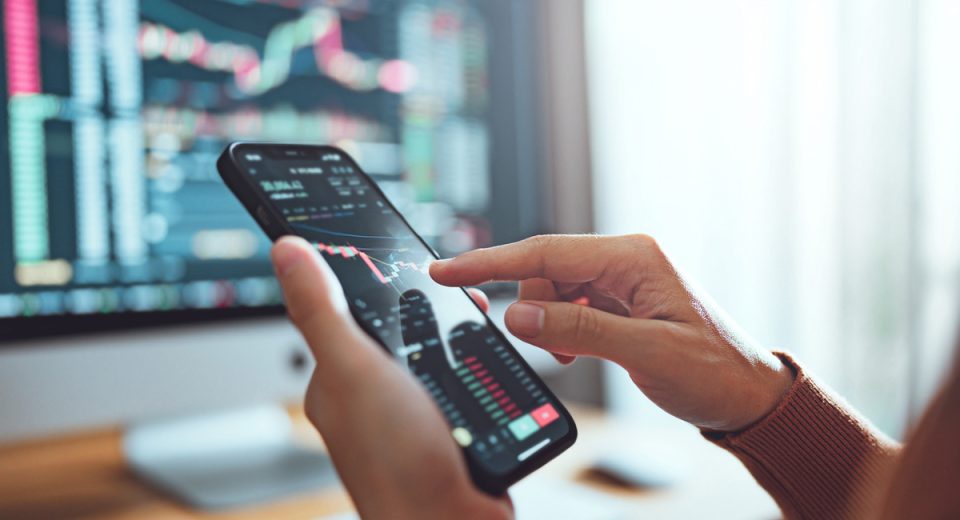9 Forex Trading Terms You Need to Know

If you’re starting out on your forex trading journey you might be struggling to get to grips with some of the technical jargon. As an FX trader it’s important to be able to speak the same language as other market participants. Commonly accepted terminology enables experts to communicate field-specific concepts quickly and precisely. Much like saying ‘photosynthesis’ instead of ‘plants make their food from sunlight’. You can understand market news and expert analysis better by learning forex terms early on.
- Hawkish and Dovish
Analysts and traders use the terms “hawkish” and “dovish” to define the stance of central banks towards monetary policies. A hawkish stance is when a central bank committee is inclined to make aggressive changes, such as raising interest rates to curtail inflation. Dovish central banks, on the other hand, are likely to take a softer approach, such as lowering interest rates to stimulate job creation or economic growth. For instance, the Fed and ECB stayed hawkish through 2023 and turned dovish in 2024, changing their stance from monetary tightening to loosening.
Forex traders gauge hawkish and dovish stances using economic reports, such as employment data, inflation rate, GDP, etc. The currency under consideration appreciates under a hawkish environment, since higher rates attract foreign investments. Traders tend to go long on currencies with a potential to rise.
- Bid and Ask Prices
Every trade has participants on two sides – buyers and sellers. Forex traders who intend to buy a currency quote a “bid” price. This is the maximum price at which they are willing to purchase the currency. Sellers quote the “ask” price, which is the lowest price at which they are willing to sell their holdings. Some traders may also call it the “offer” price.
Consider the EUR/GBP pair, quoted as 1.1056/1.1058. The bid price for the base currency (EUR) is £1.1056, while its ask price (GBP) is £1.1058.
- Spread
In trading, spread refers to the difference between the buy (ask) and sell (bid) prices quoted by the broker for an asset. You may have noticed that the bid price is always a little lower than the ask price. This means that the price at which a trader can buy an asset will always be slightly higher than the underlying market, while the price at which a trader can sell an asset will always be slightly lower.
Here’s an example:
Let’s say the underlying market price for EUR/USD is $1.0983. If the ask price quoted by your broker is $1.0993, the spread for your long trade would be 0.0010. If the bid price quoted by your broker is $1.0973, the spread for your short trade would be 0.0010.
- Pip
Short for point in percentage, a pip is the smallest standardised change in a currency quote. In most cases, it is calculated to the fourth decimal place. For instance, on October 3, 2024, the value of the USD/CAD rose from 1.3547 to 1.3556 in the first few hours of trading. This is a 9-pip move. The only exception is the Japanese yen, which is calculated to the second decimal place. This means a move of one pip would be represented as 0.01.
- Spot Exchange Rate
The current market price is called the spot price. Orders placed for immediately delivery are filled at the spot price. Traders use the spot price to identify trading opportunities in the spot forex and derivative markets. Forex traders use derivative instruments, such as contracts for difference (CFDs), to enhance their purchasing power via leverage. Due to market uncertainties, spot prices fluctuate almost every second. High frequency FX traders use scalping and other such trading techniques to attempt to make tiny profits through multiple trades using spot exchange rates.
- Swap
Swap is the interest forex traders pay to keep their positions open overnight. This especially applies to leveraged trading, such as CFDs. Leveraged trading entails borrowing money from the broker to open positions. Forex traders who keep their positions open for more than one trading day need to pay interest on the loan. Usually, swap rates are different for trading days and holidays. The exact time and swap calculations are broker-specific.
- Signals
Forex trading signals are actionable market indications for traders to make informed decisions. Traders may use fundamental or technical analysis methods, such as chart patterns and technical indicators, or expert advisors (EAs) to generate signals. The technique depends on their trading plan, duration, risk tolerance and trading goals. These signals help traders identify entry and exit points, risk limits to place, position size, etc.
- Positions
Positions are essentially market commitments that a trader holds. These are defined by size and direction. A buy or long position is usually taken when the price is expected to rise. Conversely, a short or sell position is opened when the price is predicted to decline. When you place an order, you are “opening” a position and when you cancel or complete it, you are “closing” the position.
- Dollar-Cost Averaging
Dollar-cost averaging (DCA) is a popular forex trading strategy. In fact, it can be used to trade any instrument. The strategy involves investing a fixed (or incremental) amount in your chosen asset at regular intervals, irrespective of the asset’s spot price. So, if you speculate on the value of the EUR rising significantly in the next 6 months, you might buy an average of $100 worth of EUR every day or every week. The technique lowers the impact of volatility. If your expectations pan out, at the end of 6 months, you would sell the accumulated EUR at a higher price. Let’s say you earn a profit of $300 at the end of 6 months. It means you’ve earned an average of $50 a month. This smooths out the hourly, daily, and weekly fluctuations in the current pair. If the market moves in the opposite direction, you can simply choose to hold onto the accumulated EUR till the price is favourable. You can also hedge your risks by trading CFDs through the period that you are holding EUR.
This technique suits beginner FX traders since they may find identifying entry and exit points challenging. Note that if the market goes against the speculation, i.e., if the currency pair is on an overall downtrend, DCA may accumulate losses over the period. It is best to monitor and reassess your strategy regularly to mitigate risks.
To Sum Up
- Hawkish and dovish environments help traders gauge the direction a currency may move in.
- Traders quote bid and ask prices to try and make profits.
- Spread is the difference between the bid and ask price while pip is the smallest measurable price move in a currency pair.
- Spot exchange price is the current price at which immediate orders are filled.
- Overnight traders pay interest on their open forex, known as the swap rate.
- Signals help traders make informed trading decisions.
- Dollar cost averaging allows traders to reduce their exposure to price volatility in a currency pair.
Disclaimer:
All data, information and materials are published and provided “as is” solely for informational purposes only, and is not intended nor should be considered, in any way, as investment advice, recommendations, and/or suggestions for performing any actions with financial instruments. The information and opinions presented do not take into account any particular individual’s investment objectives, financial situation or needs, and hence does not constitute as an advice or a recommendation with respect to any investment product. All investors should seek advice from certified financial advisors based on their unique situation before making any investment decisions in accordance to their personal risk appetite. Blackwell Global endeavours to ensure that the information provided is complete and correct, but make no representation as to the actuality, accuracy or completeness of the information. Information, data and opinions may change without notice and Blackwell Global is not obliged to update on the changes. The opinions and views expressed are solely those of the authors and analysts and do not necessarily represent that of Blackwell Global or its management, shareholders, and affiliates. Any projections or views of the market provided may not prove to be accurate. Past performance is not necessarily an indicative of future performance. Blackwell Global assumes no liability for any loss arising directly or indirectly from use of or reliance on such information here in contained. Reproduction of this information, in whole or in part, is not permitted.




